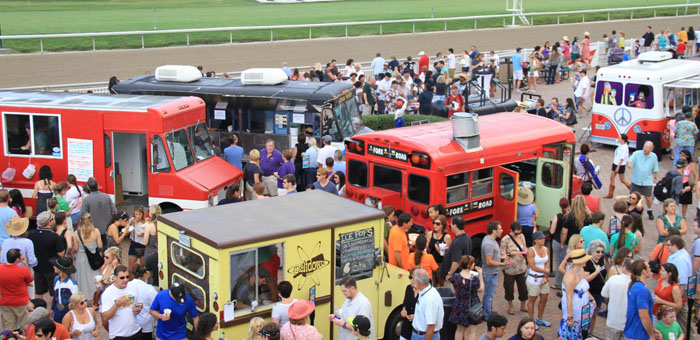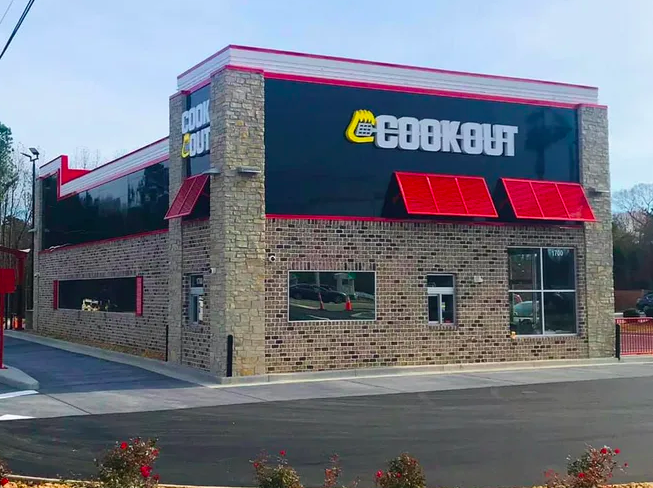Over the years, food truck vendors have adopted many of the food service industry standards and philosophies. One such philosophy is that a food truck is only as good as their last meal. Food truck owners face many challenges in their day to day operations and because of this they have to ensure that each of their customers leave satisfied, while at the same time, vendors must do everything that they can to manage business costs. Outside of food cost; your labor budget may be the best way to manage your costs.
The toughest part of creating a labor budget is in determining what the right amount for labor is best for your mobile food business. There are fundamental best practices that, if followed, can make your food truck business more successful with a smart labor budget.
5 Steps To Developing A Food Truck Labor Budget
Know Your Food Truck Business
On any given day, food truck owners need to know things like how many customers will stand in line at their truck, what they ordered, how much they spent. On the labor side they need to know the number of employees working, how long they worked and what they were paid.
Analyze Your Competition
There is no standard when it comes to a good food truck labor percentage. There are just too many variables and food trucks are too unique to come up with one industry standard (though some polling we’ve conducted points to 30-35%).
One way to see if you are at the right labor percentage, find another food truck operation (not restaurant) that has similar menus, prices, attract approximately the same number of customers, have similar employment structures, and do about as much business as your truck does.
Calculate Sales Per Labor Hour
Labor as a percentage of sales is the most common way food trucks can ensure budgets are consistently maintained. But it’s not the best way to measure labor because promotions, discounts, coupons and food cost increases can throw off the percentage. To be more accurate with your labor budget use sales per labor hour instead.
How To Calculate Your Sales Per Labor Hour
- Separate or split employees with the same salary into groups.
- Add together the total number of hours worked in each pay group for hourly employees.
- Multiply the hourly rate by the total number of hours worked.
- Divide salaries by the number of weeks in a year.
- Add together the wages in each pay grade to determine total labor costs.
Create A Smart Labor Budget
The basis of your labor budget should not be about cutting labor. It should focus on finding a good balance between staff numbers and quality of service. To do this you need to forecast labor requirements based on a budget that tracks annual sales and labor expenses.
Be Prepared For Changes In Your Budget
The food service industry considers less than 100 percent is good, unfortunately this kind of turnover is very costly. The Federal Minimum Wage is in constant flux. For food trucks that train new employees on a regular basis, this will impact your bottom line if you don’t prepare for it. Whenever you hear rumors of an increase coming, make sure to work it into your labor budget.
RELATED: Measuring Labor Costs & Productivity: 8 Food Truck Metrics
Do you have a labor budget for your food truck? What additional advice do you have for vendors who don’t? Share your thoughts in the comment section below or on social media. Facebook | Twitter




